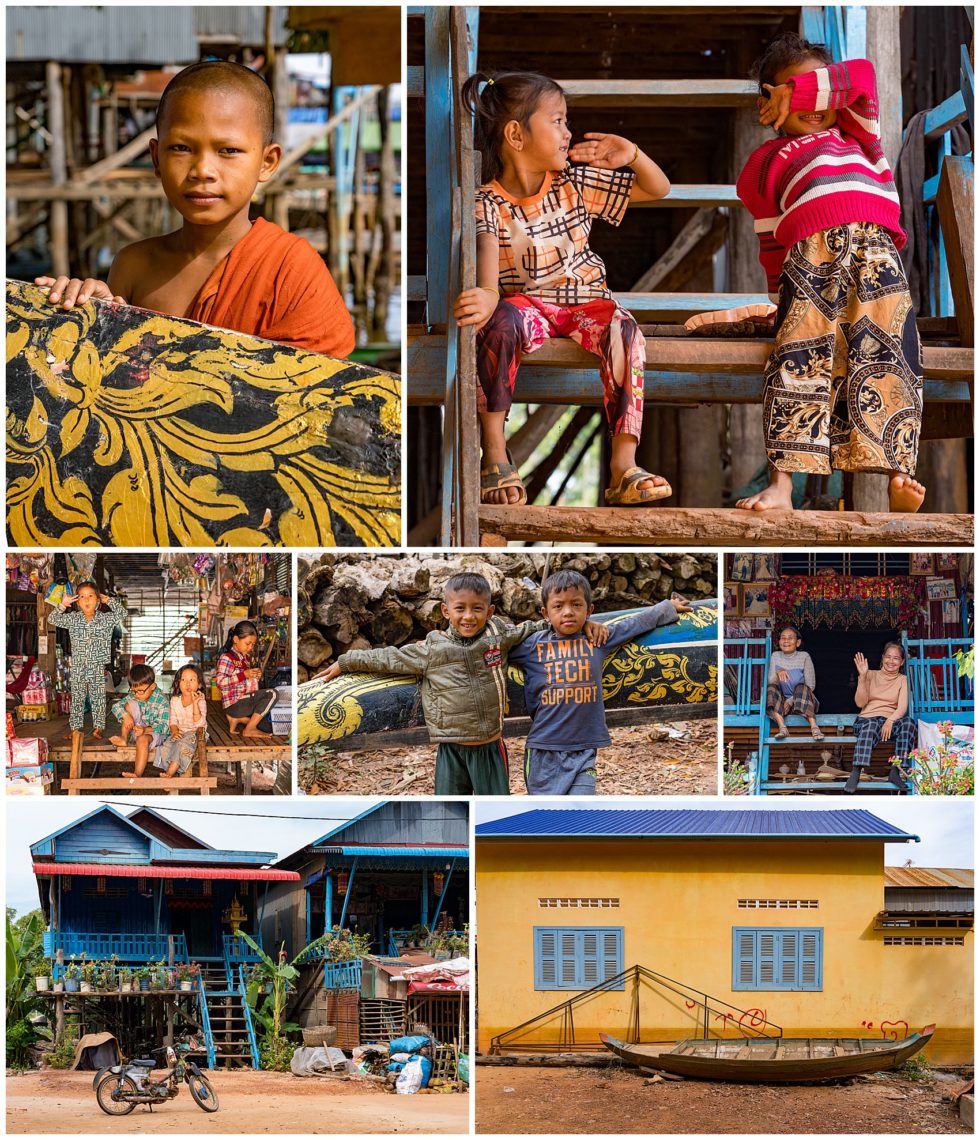
The Tonlé Sap floodplain in the northwest of Cambodia is home to more than 3 million people and supports one of the most productive freshwater fisheries in Asia. During the monsoon season, the lake quadruples in size flooding the area with life and is the largest fresh water lake in SE Asia. The floating village in the lake is also a major draw for tourists. In Khmer language, ‘Tonle’ means fresh water and ‘Sap’ means lake. What immediately struck us is the number of young kids in this village. There is a large proportion of younger people playing together who are oblivious to being poor.
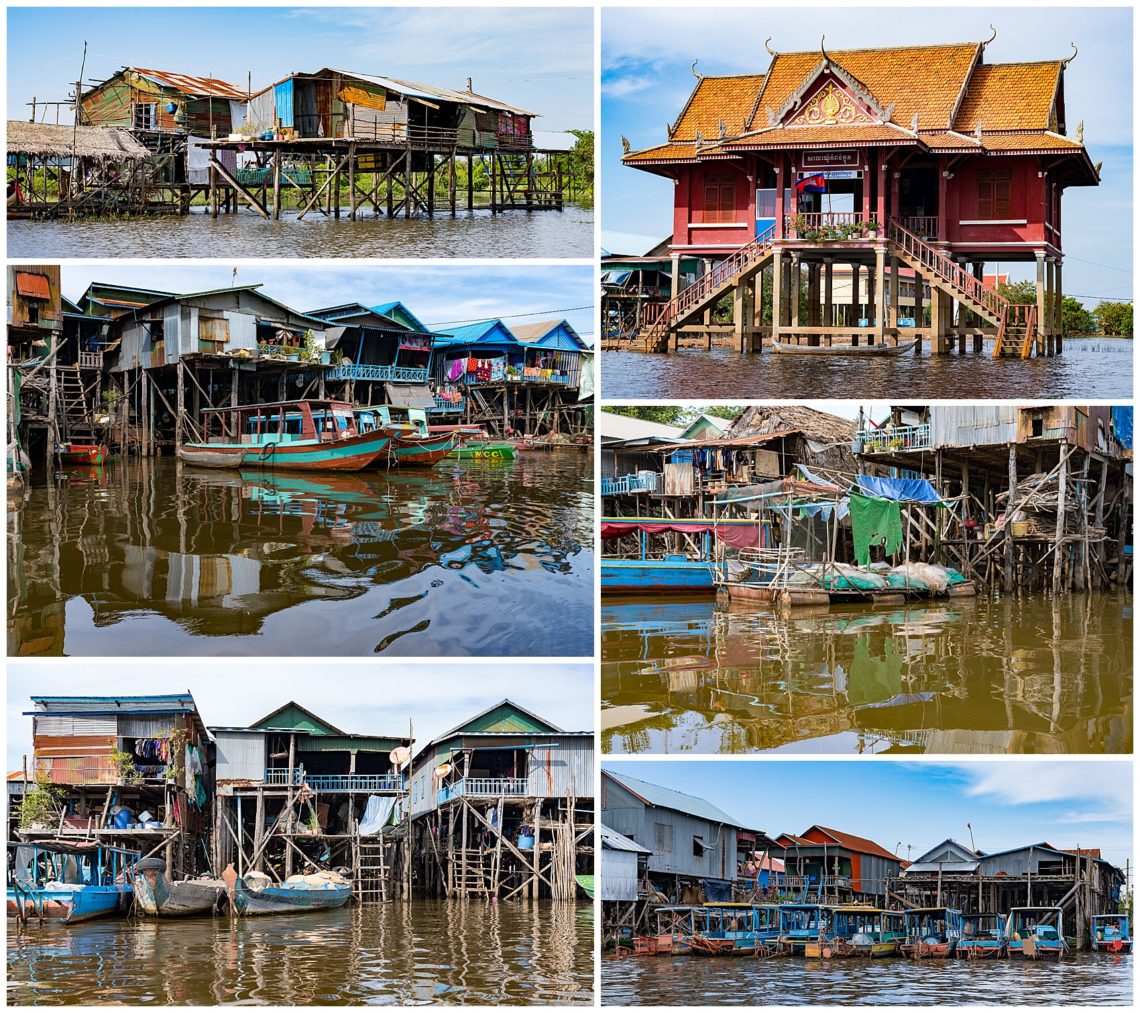
However, In 2011 when we last visited, it was during the 50 year rains, the waters swelled well above the ground floor that people were not able to sleep in their homes. Our lunch was cancelled as the 2nd floor kitchen of our restaurant was underwater. The overhead power lines were less than 10′ above the water line. We were relieved to be able to visit this village during normal times.
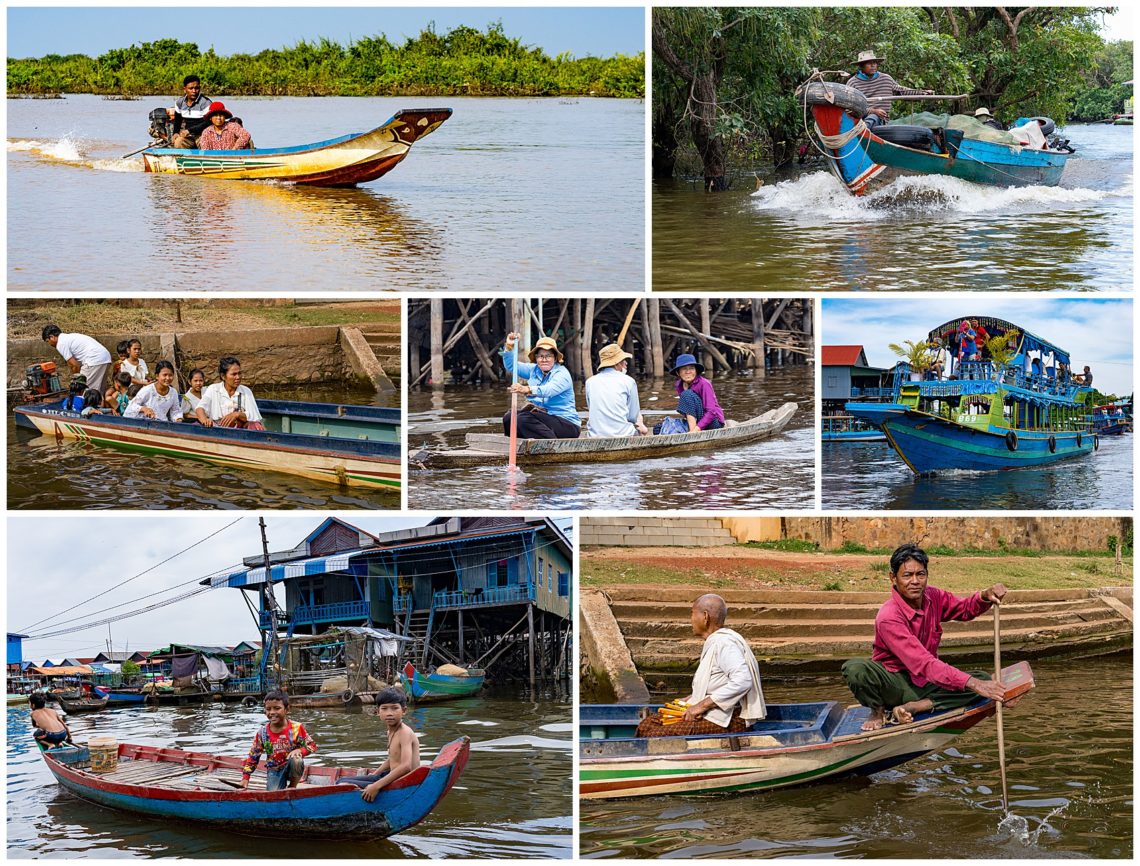
There are close to 17 million people in Cambodia, which ranks #73 in world population, but has not grown like Vietnam. Cambodia is considered a third world country, and has serious issues to access to reliable sources of clean water, as well as poor infrastructure. When the ruthless Khmer Rouge was toppled in 1979 by Vietnamese troops, the highly-skilled workers and academics had been murdered, leaving the majority of the people who were trained as farmers. The median age is 27 years old and life expectancy is only 71. More than half of the people are engaged in subsistence farming and Cambodia remains among Asia’s poorest countries.
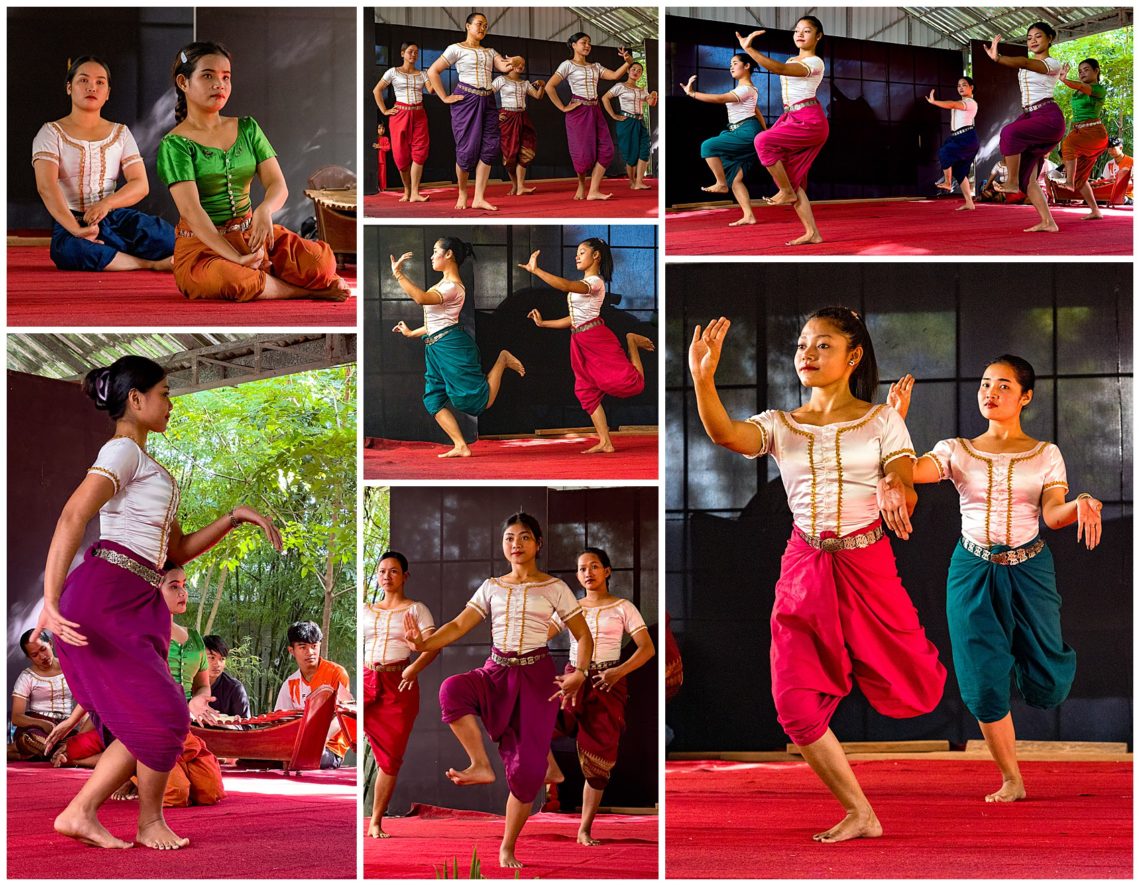
Practice rehearsal at local dance school. The hand movements that are taught at a very young age is mind-boggling. It reminds us of the Bali dance movements.
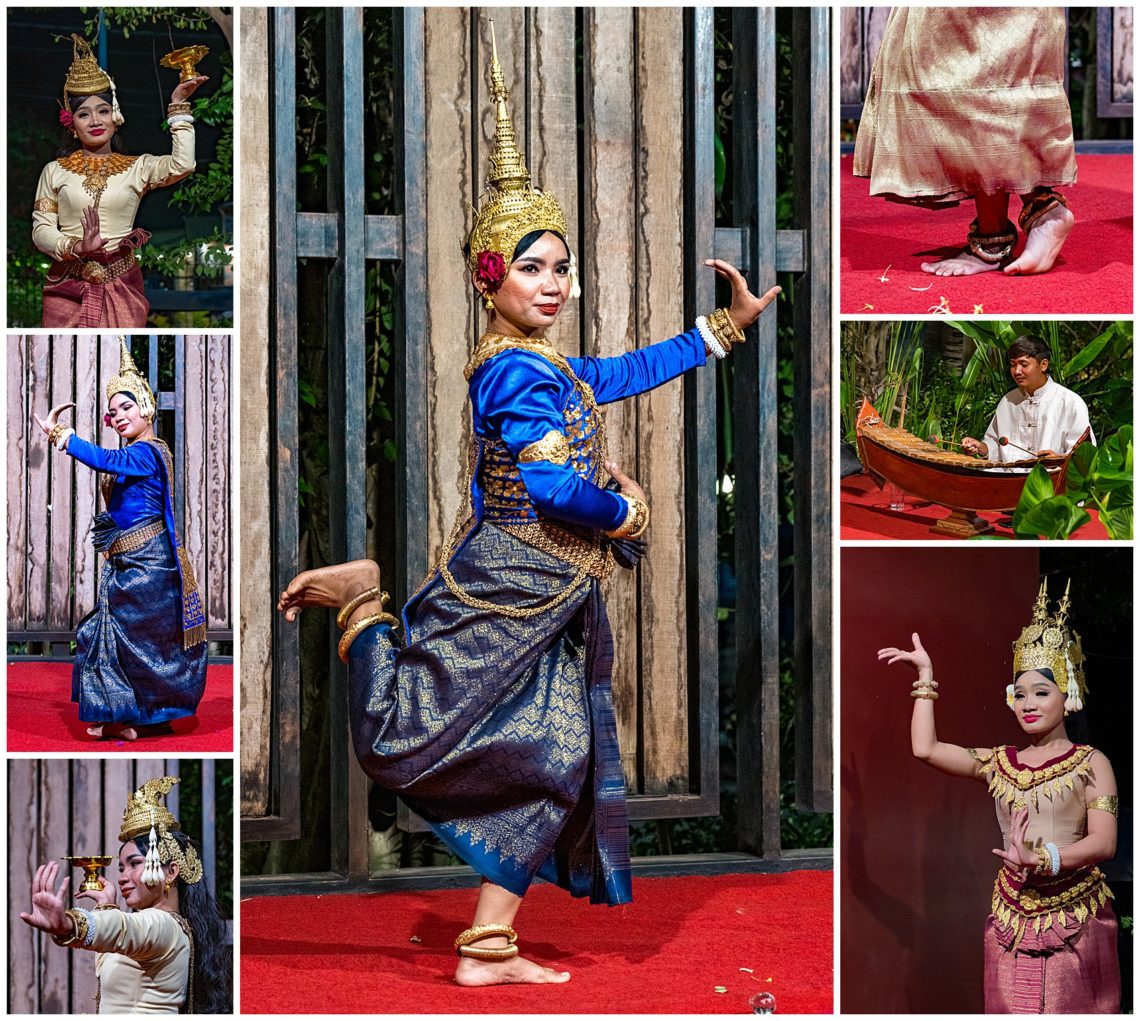
Professional dancers performing at the dinner show at our hotel in Siem Reap. We were quite impressed how well the dancers performed the traditional story of good over evil.
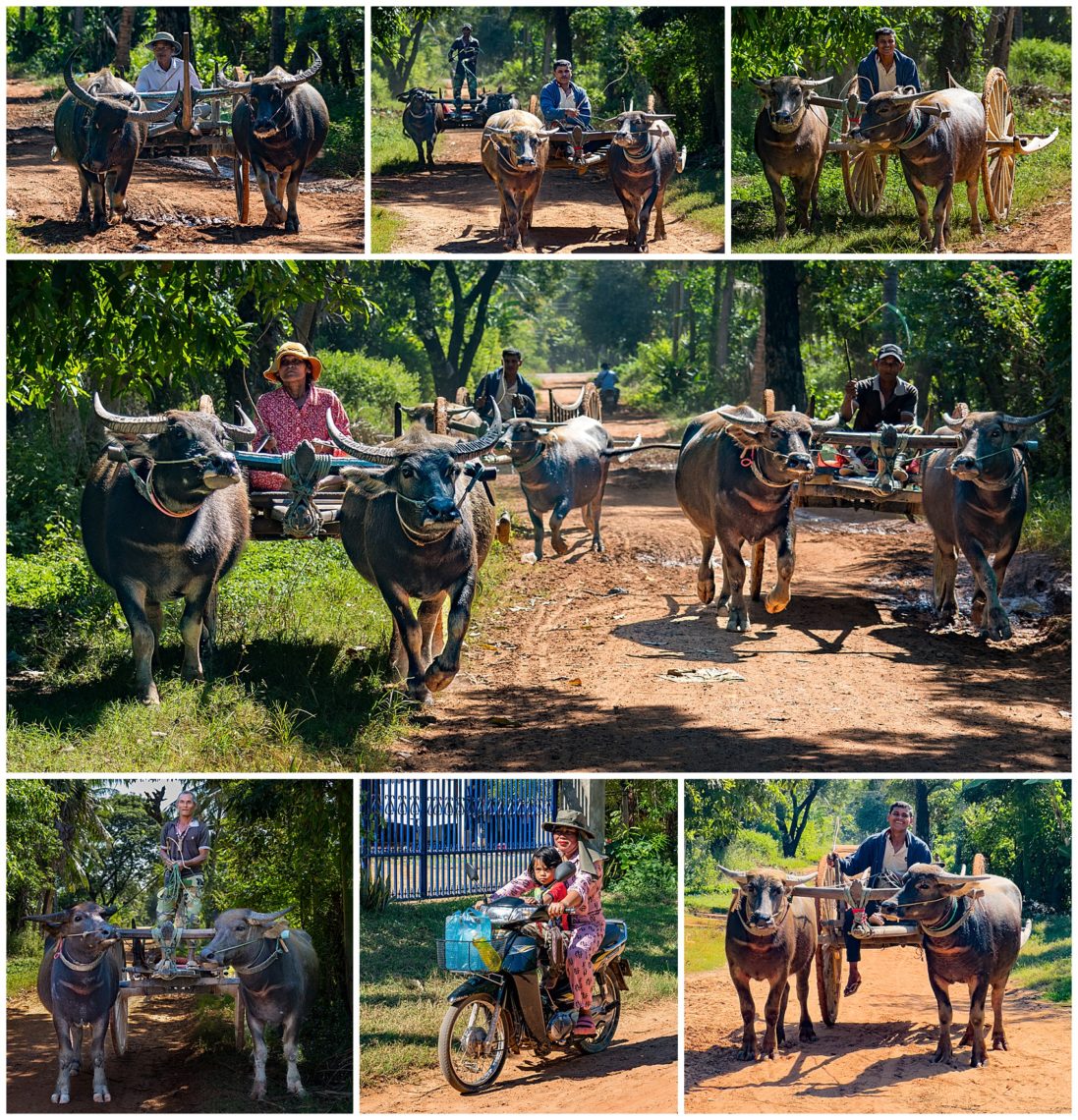
In this part of the world, Khmer ox carts can still be found but are rarely used for farming. The ox cart were previously considered Cambodia’s ancient Mercedes-Benz, and has been the main method of transportation for thousands of years. In ancient times, ox carts were used as a status symbol.
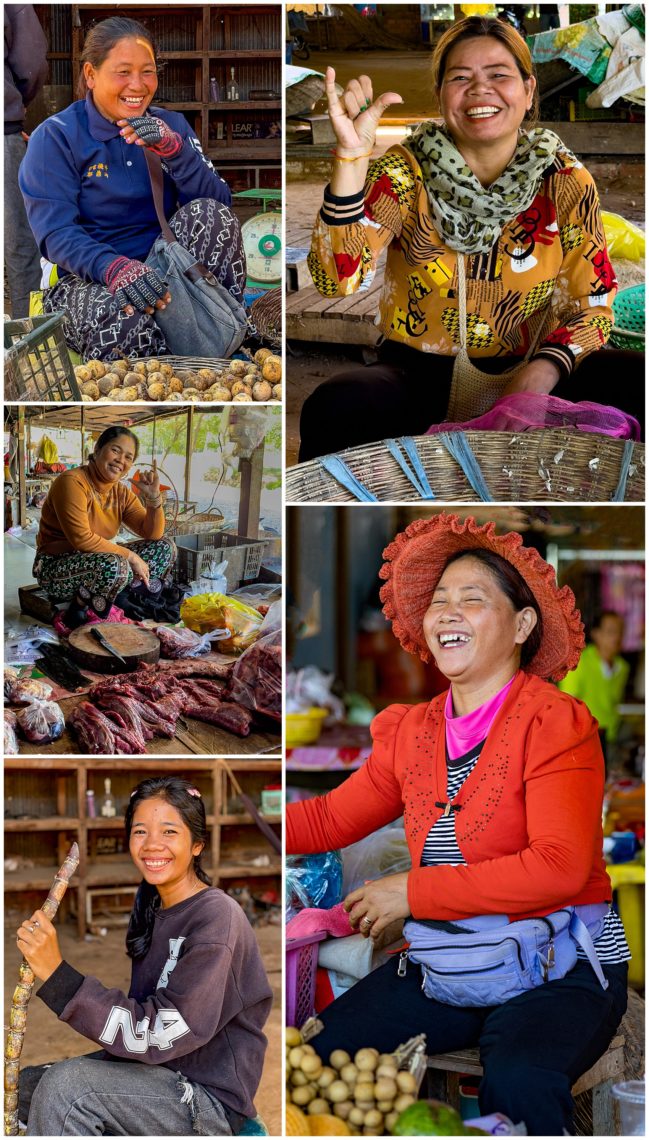
At the local market, Evelyn taught some of the vendors how to do the shaka, a Hawaiian gesture. Of course, the vendors couldn’t help but laugh while they were learning this motion, resulting in a connection between photographer and vendor.
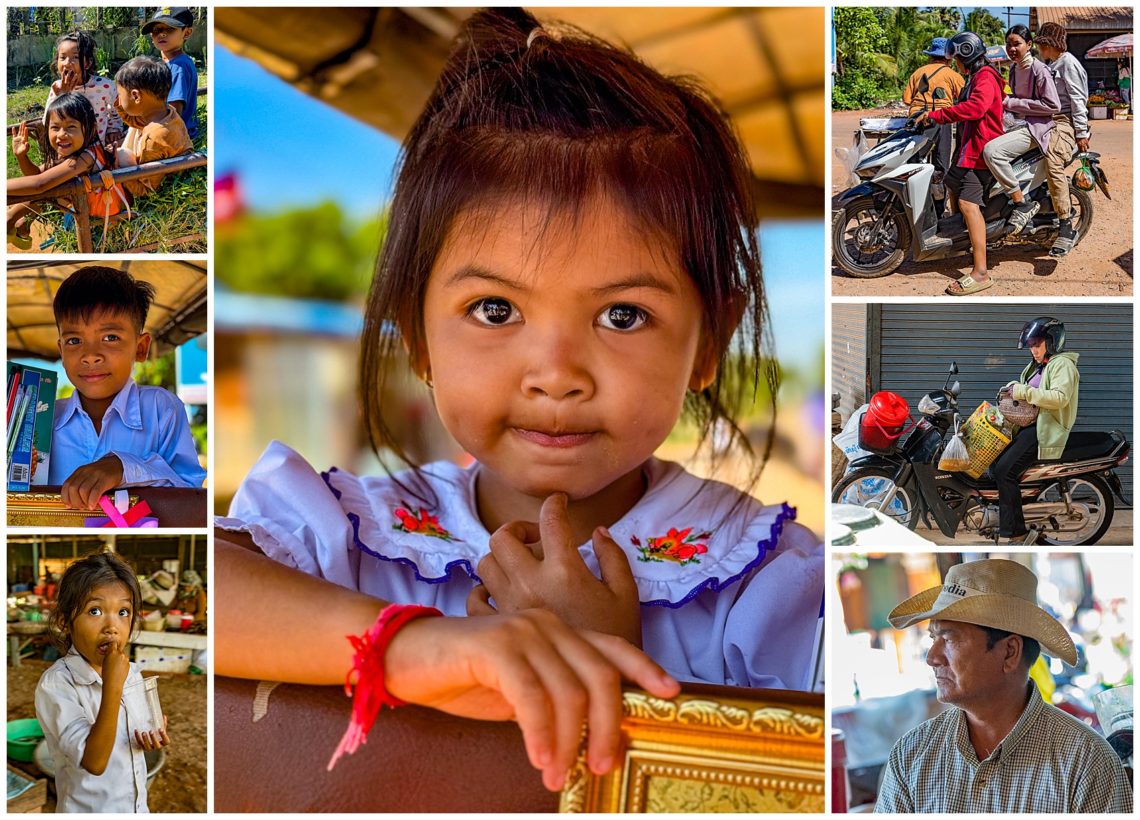
At the Siem Reap Market, we meet all types of local people. We love seeing the parents interacting with their children all over the world.
